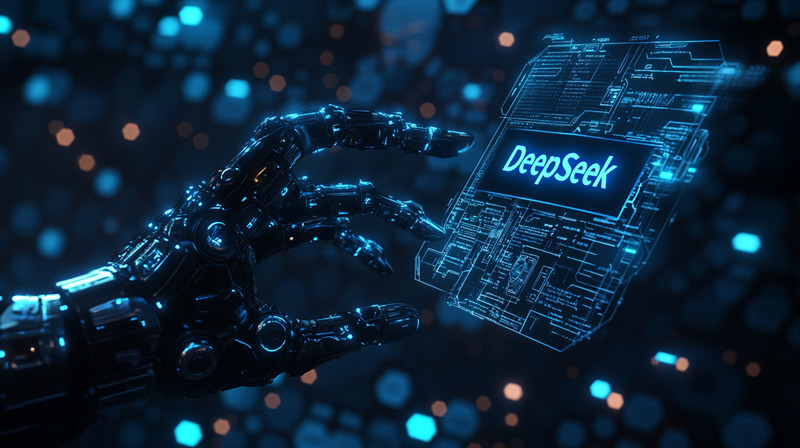As the summer of 2023 reaches its midpoint, the Chinese educational technology market remains highly active. According to data released by the Ministry of Commerce on July 19th, sales of AI learning machines in the first half of this year saw a remarkable year-on-year increase of 136.6%, garnering widespread attention in the industry. This astonishing growth has not only reflected consumers' strong demand for intelligent learning devices but also highlighted the deep integration of AI technology in the field of education.

Data shows that the total channel sales of learning machines in China reached 4.721 million units in 2023, an increase of 8.1% year-on-year. Faced with such enormous market potential, well-known technology and education companies including TAL Education, Baidu, Zuoyebang, NetEase Youdao, and iFlytek have all joined the competition, actively developing AI models and applying them to learning machine products.
However, despite the robust market demand, the pricing strategy for high-end AI learning machines seems to be at odds with consumer expectations. Survey data from iiMedia Research indicates that over 40% of Chinese consumers are willing to pay between 2,001 and 4,000 yuan for a smart learning machine, and more than 40% of consumers spent within this range for their most recent purchase.
According to an incomplete count by Time Weekly, most AI-enabled learning machines on the market currently cost over 5,000 yuan, with some flagship products from manufacturers even approaching 9,000 yuan. In extreme cases, such as iFlytek's AI learning machine model T30Ultra (12GB+1TB version) with the Spark large model built-in, the price has surpassed the 10,000-yuan mark.
This significant discrepancy between price and consumer expectations may have an impact on the further expansion of the market. Nevertheless, considering that the AI learning machine market is still in a phase of rapid development, the future may see the emergence of more affordable AI learning machine products as technology advances and market competition intensifies, to meet the needs of a broad consumer base.










